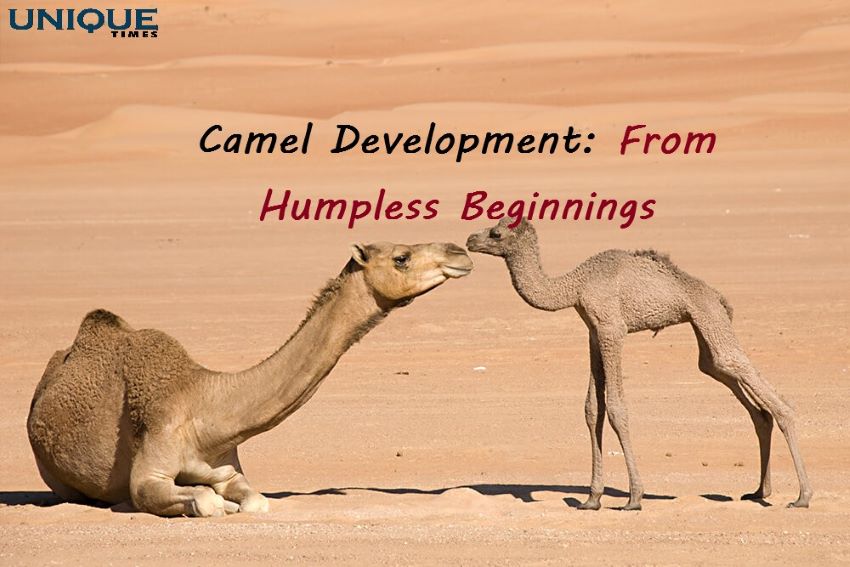Camels: The Humpless Beginnings

Camels, often associated with their iconic humps and desert habitats, are remarkable creatures that have adapted to some of the harshest environments on Earth. While their distinctive humps play a crucial role in their survival, did you know that camels are born without humps? In this blog, we delve into the fascinating world of camel development, exploring how these extraordinary animals start their lives and eventually acquire their renowned humps.
Camels: Icons of the Desert
Camels have earned their reputation as the “ships of the desert,” with their ability to traverse arid landscapes and endure extreme temperatures. Central to their resilience is the adaptation of their bodies, particularly their humps, which store energy-rich fat.
A Humpless Beginning: Camel Birth
Contrary to popular belief, camels are born without the characteristic humps that define their adult forms. When a camel calf enters the world, it lacks the prominent humps that are often associated with its species.
The Evolution of Humps: A Nutritional Reserve
The development of the humps is a gradual process that unfolds over time. The humps primarily consist of fatty tissues that serve as reservoirs of energy. As the calf grows and matures, these fatty deposits accumulate, eventually forming the distinctive humps.
Hump Dynamics: Indicators of Health
The condition of a camel’s humps provides valuable insights into its overall health and well-being. The humps can fluctuate in size based on the animal’s nutrition, hydration, and energy expenditure.
Species and Hump Variations
Camels come in various species, each with distinct characteristics. While most people associate dromedary camels (with one hump) and Bactrian camels (with two humps), there are lesser-known species such as the wild Bactrian camel that inhabit unique regions.
Adaptation to Harsh Environments
The humps play a crucial role in the camel’s ability to survive in harsh desert environments. They store fat that can be converted into energy, providing sustenance during times when food and water are scarce.
From Humpless to Resilient: Camel Growth
The gradual development of the humps coincides with the camel’s overall growth and adaptation to its environment. Over time, the once-humpless calf transforms into a robust and resilient creature capable of enduring the challenges of desert life.
A Lesson from Nature
The evolution of camels from humpless infants to hardy desert dwellers offers a powerful lesson from the natural world. It illustrates the process of adaptation and showcases how organisms develop features that align with their environment’s demands.
Conclusion
The birth and growth of camels provide a captivating glimpse into the wonders of the animal kingdom. The fact that these remarkable creatures are born without their signature humps underscores the intricate nature of adaptation and survival. As we marvel at the resilience of camels, let us also reflect on the broader message they convey – that the natural world is a treasure trove of marvels, each with its own story of evolution and adaptation.
Picture Courtesy: Google/images are subject to copyright








